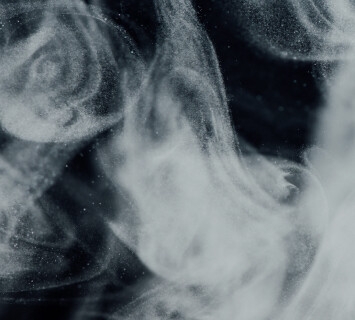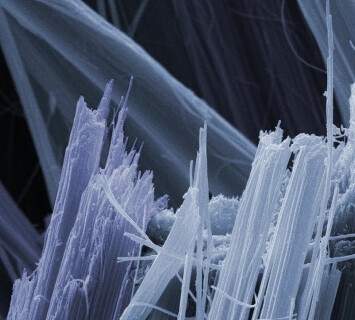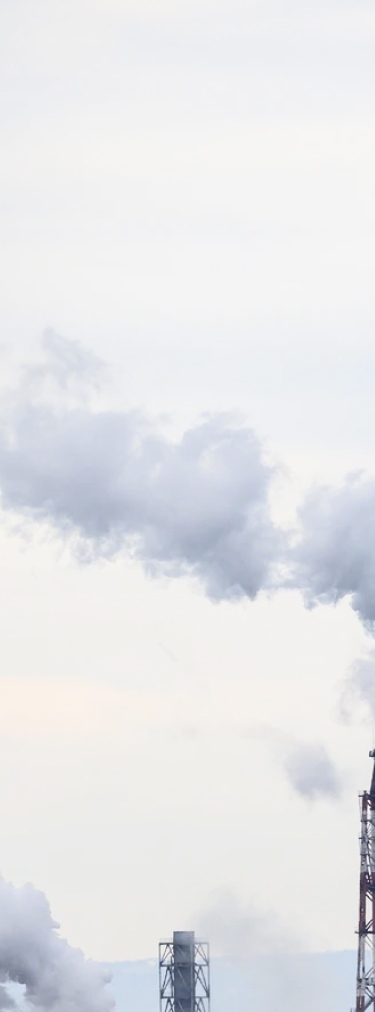Smoking
Smoking is by far the most important risk of lung cancer. Smoking is believed to be responsible for around 80% of all lung cancer fatalities, and this proportion is almost certainly higher for small cell lung cancer (SCLC). It's rather unusual for someone who has never smoked to develop SCLC.
For individuals who smoke, the risk of lung cancer is considerably greater than that of non-smokers. The longer you smoke and the more packs of cigarettes a day you consume, the higher your risk of developing lung cancer. Almost as likely as cigarette smoking, pipe and cigar smoking are also linked to lung cancer.
Smoking low-tar or “light” cigarettes has the same promoting effect on lung cancer as regular cigarettes. Because menthol aids in deep inhalation, menthol cigarettes may enhance the risk of lung cancer even more.

Secondhand Smoke
Breathing in the smoke of others (also called second-hand smoke) has been linked to an increased risk of lung cancer if you don't smoke yourself.
Second-hand smoke is considered to cause more than 7,000 lung cancer deaths each year.
Radon Exposure
Radon is a colourless, odourless gas that is radioactive. It is created naturally through the breakdown of radioactive components such as uranium, which are present in varying amounts across the world's soil and rock. Radon gas in the soil and rock can enter air, groundwater, and surface water through underground waterways. Radon is found in both outdoor and indoor air. It's most frequently discovered in low levels of air outside and drinking water from rivers and lakes. It can be found at higher concentrations in the air indoors, as well as in well water drawn from underground sources. Radon breaks down into solid radioactive by-products called radon progeny, which can attach to dust and other particles and be breathed into the lungs, giving off radiation that may harm DNA within the body's cells.
Most of the people's exposure to radon comes from breathing indoors in homes, offices, schools, and other constructions.

Asbestos Exposure
More likely to die of lung cancer are those who work with asbestos (such as in mines, mills, textile plants, places where insulation is used, and shipyards). Workers exposed to asbestos who also smoke have a much higher risk of developing lung cancer. It's unclear how little or brief asbestos exposure might increase lung cancer risk. Those who were exposed to large amounts of asbestos have a higher chance of getting mesothelioma, which begins in the lining surrounding the lungs (the pleura).
Over the last few years, government laws have considerably decreased the usage of asbestos in commercial and industrial products. It may still be found in many houses and other older structures, although it is no longer considered hazardous if it isn't emitted via deterioration, demolition, or renovation.

Other Cancerogenes
Uranium, for example, is a radioactive compound that can cause lung cancer. Inhaled chemicals such as arsenic, beryllium, cadmium, silica, vinyl chloride, nickel compounds, chromium compounds, coal products, mustard gas, and diesel exhausts have all been linked to increased lung cancer risk.
In recent years, the government and businesses have initiated several steps to help safeguard employees from these risks. However, the dangers still exist, so if you work with these chemicals, be cautious about how much time you spend around them.


